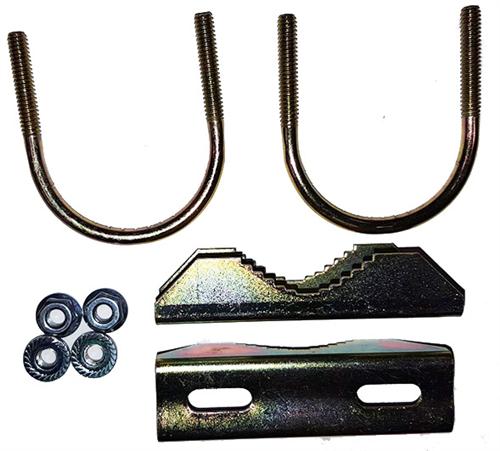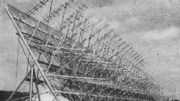Radio fans, you can spend thousands of dollars on the best stereo receiver and speakers and still get poor reception. That’s because much of your sound quality actually comes from the type of antenna you use in your radio installation. So, it stands to reason to say that the best antenna will help you get the best radio reception. This will also help you overcome many issues that interfere with your radio signal reception. This DX Engineering AM/FM high-definition outdoor radio antenna is just such a device. It’s the radio antenna that our techs recommend, and it’s easy to see why.

What Makes This Radio Antenna so Great?
It brings out the best performance from any stereo receiver. This 48” radio antenna works with classic and vintage receivers, as well as those that use the latest in HD digital technology. Whether you have an old receiver or a newer on, this DX Engineering antenna will help deliver the best radio reception. A handful of Solid Signal’s techs have sold many of these antennas over the past few months, and they are confident that they will continue to do so because of its best-in-class reception quality.
This DX Engineering antenna definitely is a “long-distance antenna.” How long? Well, it receives FM stereo from up to 80 miles away. It also grabs FM HD signals up to 50 miles, AM (mono) up to 90 miles, and HDAM from 50 miles away. Its reception is so good that you don’t need attenuators, but you can use them if you wish. Here are some other features and benefits of this effective outdoor radio antenna:
-
Digital reception on AM and FM frequencies.
-
High gain on both bands for greater sensitivity.
-
Omni-directional antenna receives signal from 360 degrees around base.
-
Comes with: antenna, L-mounting bracket, splitter, (2) U-bolts with washers and nuts, pole mount saddle brackets, F-female to twin lead adapter, and installation guide

Get This Antenna if You Have These…
… A radio or stereo receiver that has an external antenna connection on the back. Bottom line, that’s what this DX Engineering antenna is built for. We also recommend you get this antenna if you live or work in a building with a metal roof. Why? Because metal roofs can interfere with reception on radios with inferior antennas. With one of these antennas mounted above the structure, its metal roof will likely cease to affect reception. This antenna is also great for any building or structure that has bad reception.
Easy Antenna Installation from DX Engineering
This outdoor radio antenna installs rather easily. That’s another reason why this aerial is so popular with many radio listeners. All you need to install this antenna is choose between an antenna mast or wall-mount (both sold separately), and a single RG6 coaxial cable. (Also not included.) For best results, you should mount this outdoor antenna as high above ground and roof level. You can also mount this antenna in your attic, but you could experience interference depending on the roofing, insulation, and siding materials used in your home.
Whether you mount this antenna on your roof or in the attic, try to keep it far from any of these sources of AM interference:
- Dimmer switches
- Fluorescent lights
- Computers
- Touch lamps and other automatic night lights
- Electronic bug and pest controllers
- Light bulbs
- Televisions
- Cell phone chargers
- Etc.
Keeping these tips in mind, follow the easy-to-understand installation instructions that come with this antenna. If you run into some difficulty, Solid Signal is here to help. We have techs on staff who can offer you advice on the best way to install this radio antenna. They’ll be happy to walk you through it. To get this antenna, or for some installation advice, call us at 888-233-7563. If you have any questions about this or any other radio antenna, give our techs a call.





